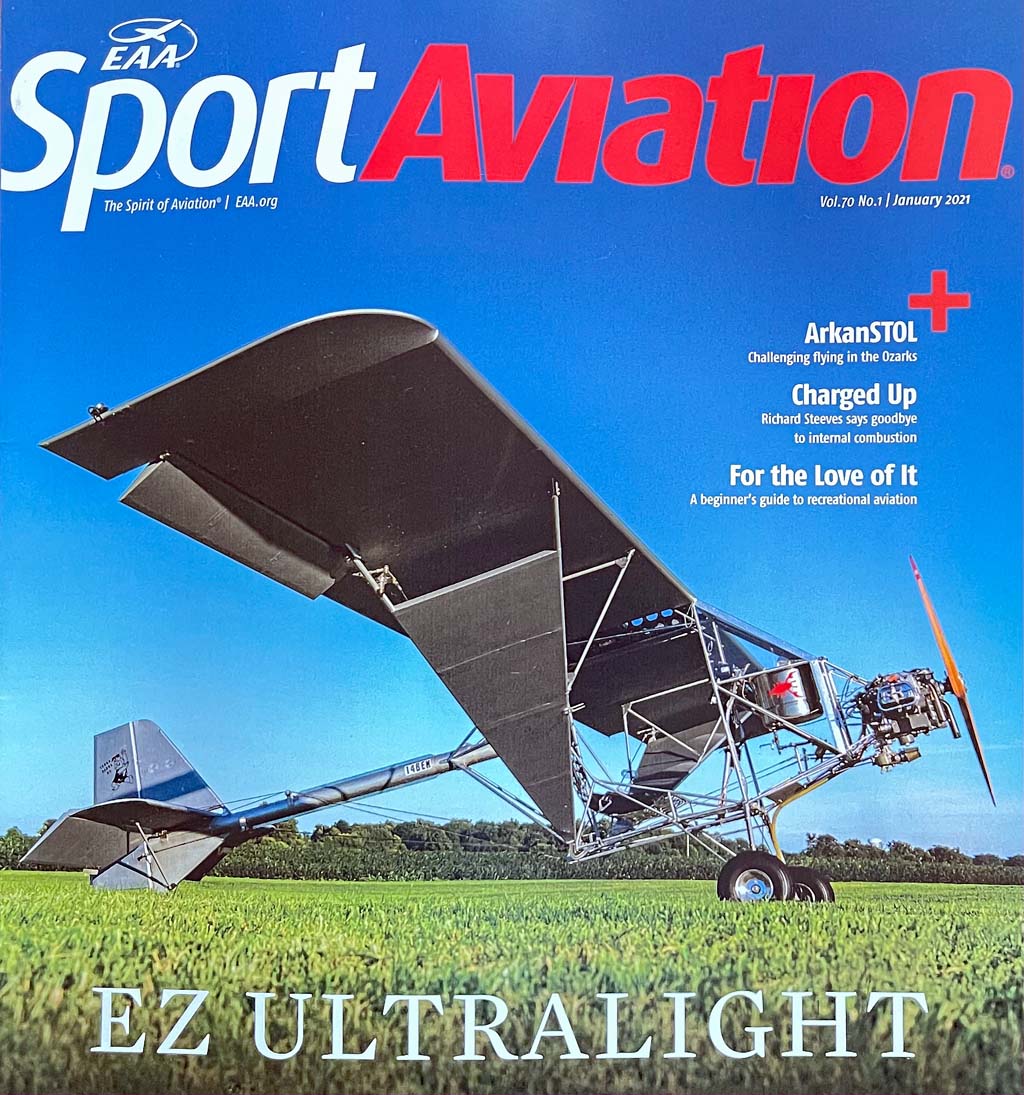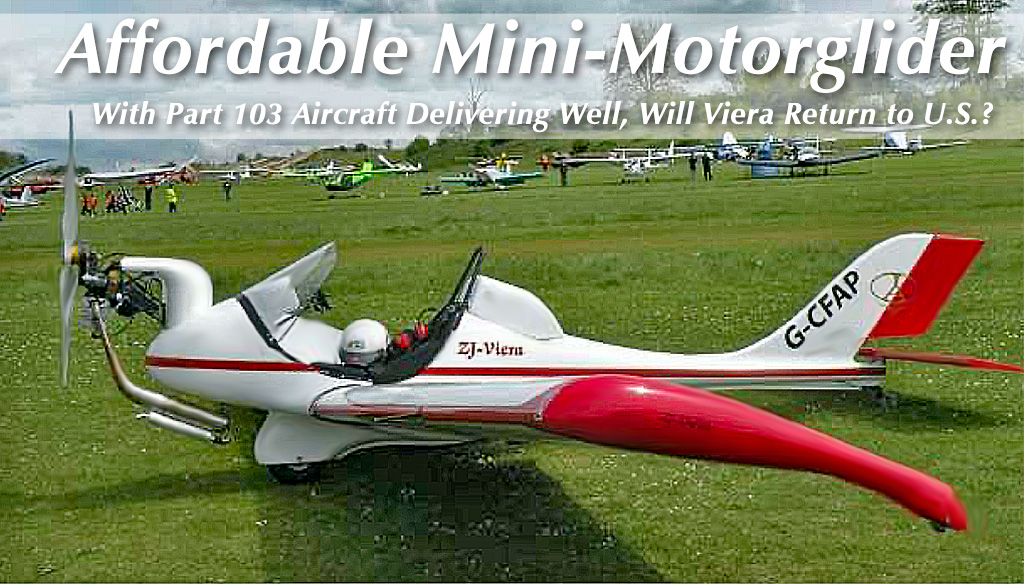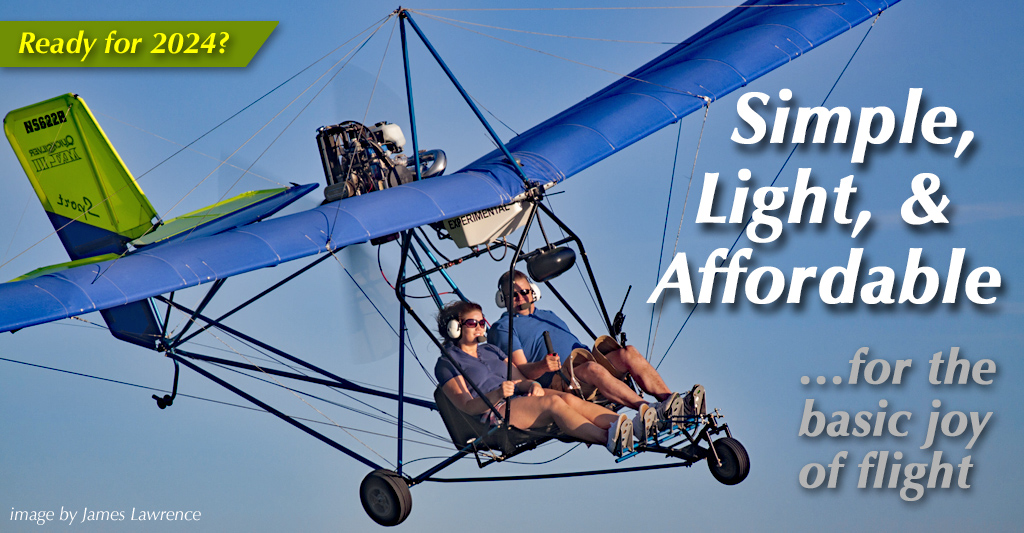
Simple, light, and affordable is not a throwaway line. Each word is pivotal. Like many of you, I have enjoyed the advancing development of the LSA space, leading to Mosaic LSA in about 15 months. Additional operational capabilities plus features like autopilot, synthetic vision, and powerful, compact engines… all these can build a very exciting airplane. With Mosaic, the list gets even longer: more weight, more seats, more powerful engines, plus retract, adjustable props, even aerial work for entrepreneurs (see full list). Wonderful, I agree. Some pilots have asked for more and industry with FAA have been working to achieve these potentials. Yet this is a path to ever-more complex (and expensive) aircraft. Have you been waiting for Mosaic LSA? If yes, your wishes may be answered in 15 months. If not, please continue reading. Simple, Light, Affordable — All three words are key. Much depends on your aviation goals.


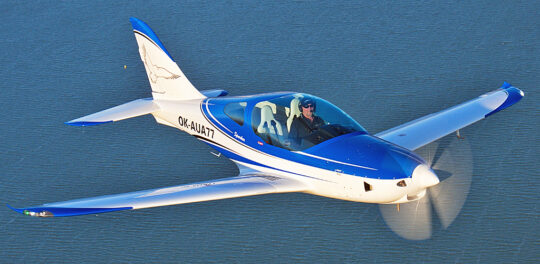
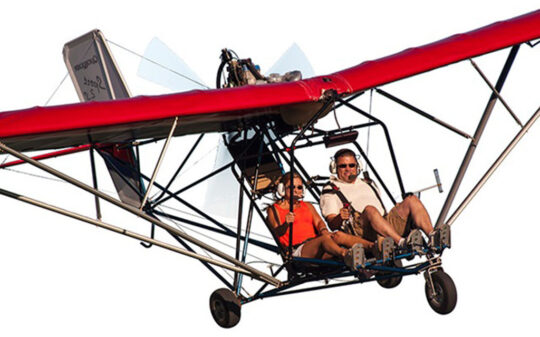
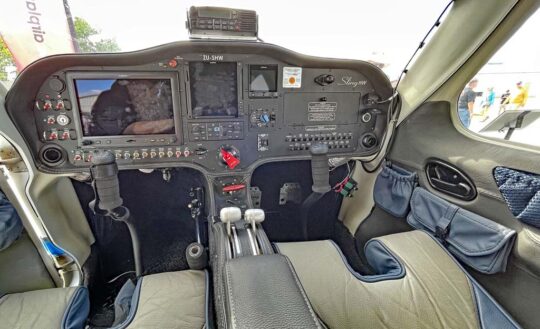
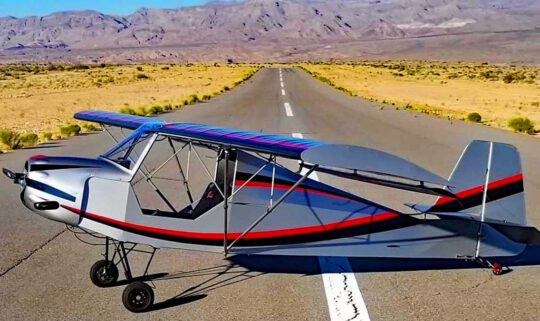
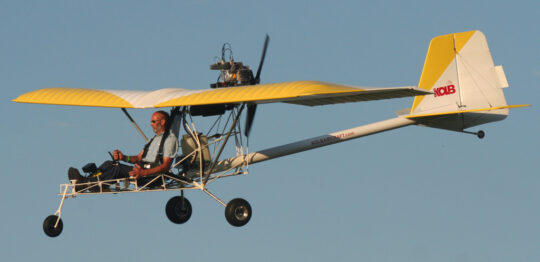
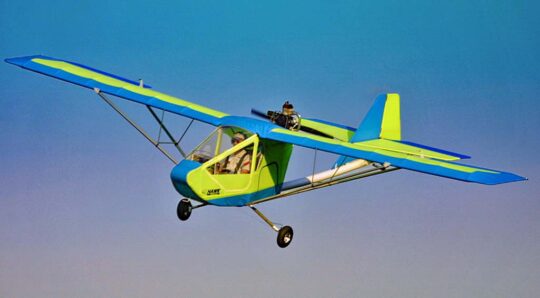
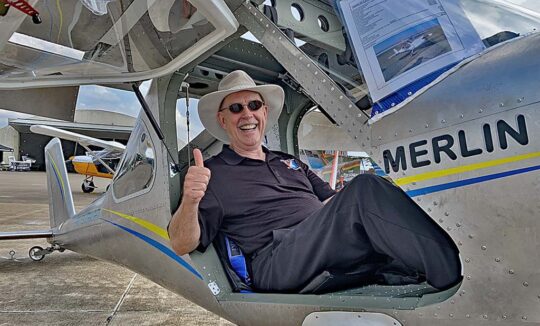
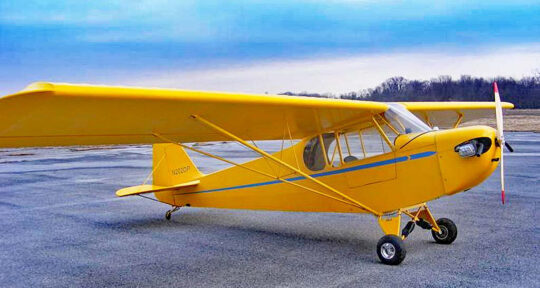
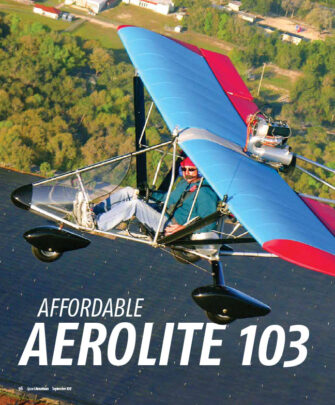
 You can be excused if this one slips you mind. The airplane in the nearby images was from years ago when you probably first saw it with an electric motor developed by Randall Fishman, one of the original pioneers in the electric aircraft space.
He was so far ahead of his time that a market for electric had yet to develop. When Randall flew his first battery-electric-powered trike 16 years ago at Oshkosh 2007, no one was using the terms "air taxi" or "multicopter."
You can be excused if this one slips you mind. The airplane in the nearby images was from years ago when you probably first saw it with an electric motor developed by Randall Fishman, one of the original pioneers in the electric aircraft space.
He was so far ahead of his time that a market for electric had yet to develop. When Randall flew his first battery-electric-powered trike 16 years ago at Oshkosh 2007, no one was using the terms "air taxi" or "multicopter."
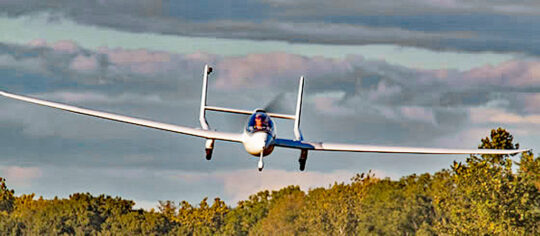
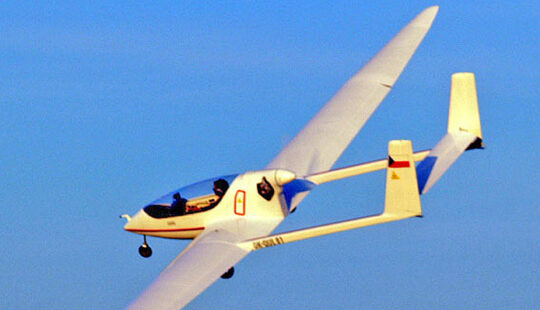 Why did these two different sort of Part 103 entries (Song and Dingo) end up in the same company? "Song was designed by Ing. Marek Ivanov, the engineer who behind the Dingo aircraft."
"Future Vehicles s.r.o. took over the production and sales of the aircraft at the end of 2021 based on an agreement with Gramex," reported Future Vehicles.
Why did these two different sort of Part 103 entries (Song and Dingo) end up in the same company? "Song was designed by Ing. Marek Ivanov, the engineer who behind the Dingo aircraft."
"Future Vehicles s.r.o. took over the production and sales of the aircraft at the end of 2021 based on an agreement with Gramex," reported Future Vehicles.
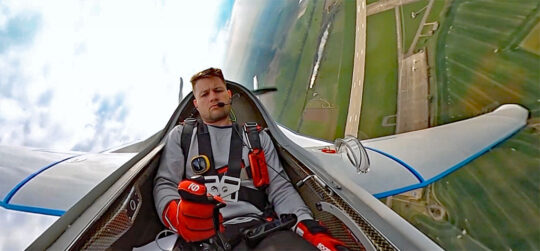 Song is a single-seater, low-wing ultralight aircraft with a pusher engine and tricycle gear equipped with spring-loaded nose gear. The nose gear is steerable.
Song is designed according to the Czech regulation UL-2 and compliant with the requirements of the German regulation LTF-L for 120 kilogram aircraft (very similar to Part 103). This means it is eligible as for America's Part 103 and Britain's SSDR.
"Song is aerodynamically and structurally optimized and made of carbon composite materials, to minimize empty weight," said Future Vehicles. "It has a distinctive twin-fuselage silhouette with the elevator located between the twin fins. The 11.2-meter (36.75 foot) wingspan wing is equipped with ailerons and air brakes."
Song is a single-seater, low-wing ultralight aircraft with a pusher engine and tricycle gear equipped with spring-loaded nose gear. The nose gear is steerable.
Song is designed according to the Czech regulation UL-2 and compliant with the requirements of the German regulation LTF-L for 120 kilogram aircraft (very similar to Part 103). This means it is eligible as for America's Part 103 and Britain's SSDR.
"Song is aerodynamically and structurally optimized and made of carbon composite materials, to minimize empty weight," said Future Vehicles. "It has a distinctive twin-fuselage silhouette with the elevator located between the twin fins. The 11.2-meter (36.75 foot) wingspan wing is equipped with ailerons and air brakes."
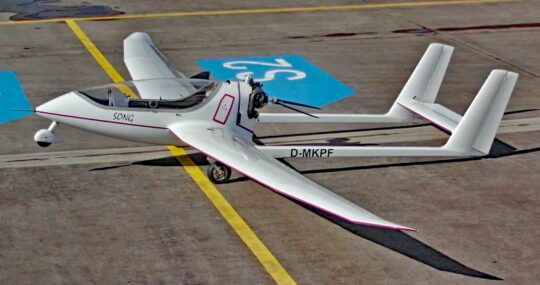 Song's cockpit is fully enclosed with a plexiglass canopy with a ventilation window on the left side. The seat is equipped with a four-point safety harness and adjustable back seat.
The control stick is located in the center and the throttle and air brakes control levers on the left side. Ailerons are connected to the stick by push-pull rods, and both the elevator and rudder are controlled by cables. Rudders are interconnected by a push-pull rod. Rudder pedals have multiple positions and can be adjusted according to the pilot’s needs.
Song's cockpit is fully enclosed with a plexiglass canopy with a ventilation window on the left side. The seat is equipped with a four-point safety harness and adjustable back seat.
The control stick is located in the center and the throttle and air brakes control levers on the left side. Ailerons are connected to the stick by push-pull rods, and both the elevator and rudder are controlled by cables. Rudders are interconnected by a push-pull rod. Rudder pedals have multiple positions and can be adjusted according to the pilot’s needs.
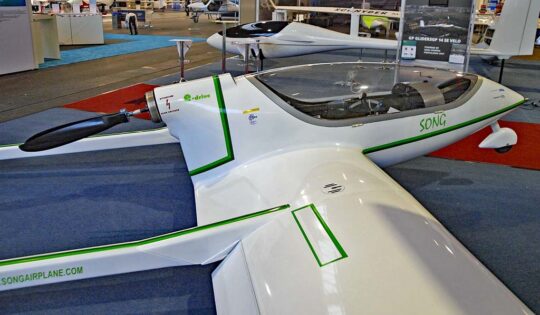
 This video, ranking in our Top 50 (at 292,000 views) discusses the conventional, gasoline-powered Song aircraft.
https://youtu.be/t7_YlthuPV0?si=WTOGYxqRzrbbhOOb
This video, ranking in our Top 50 (at 292,000 views) discusses the conventional, gasoline-powered Song aircraft.
https://youtu.be/t7_YlthuPV0?si=WTOGYxqRzrbbhOOb
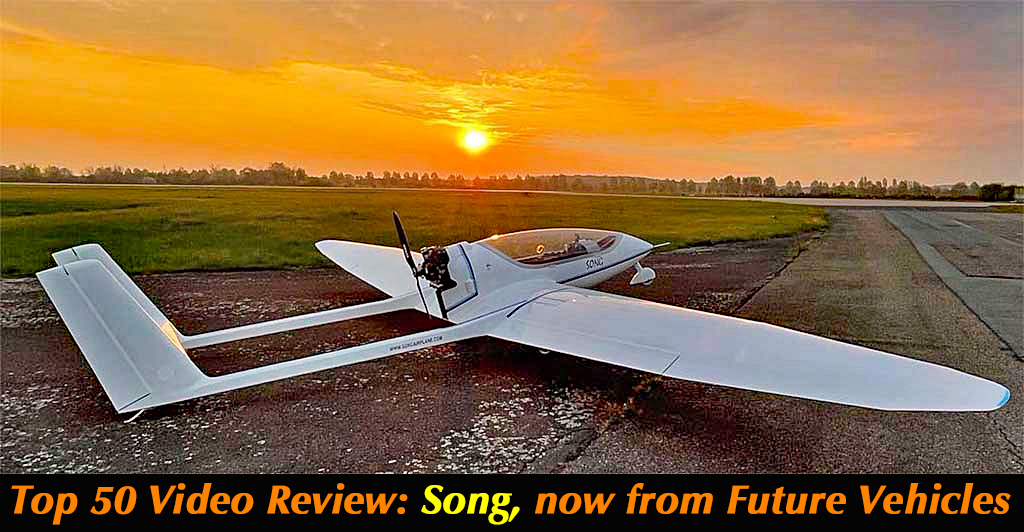
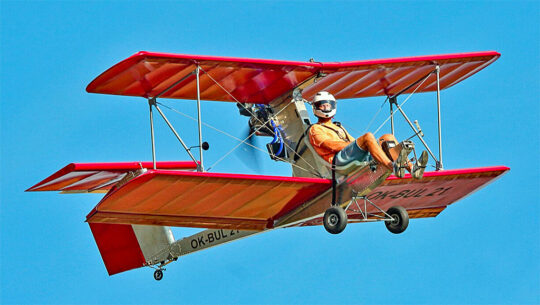 Tom Peghiny of Flight Design USA fame, wrote, "Jan Jilek is one of the design engineers of Future Vehicles as well as their test pilot. He is also a talented aerobatic performer. We flew together in a few planes while I was working in Sumperk, CZ [as a consultant to Flight Design]."
Dingo was created by Marek Ivanov. At the beginning of 2021, he showed the first 3D images to the Future Vehicles team. This is an experienced group that does a wide range of engineering work for a variety of aircraft producers.
Tom Peghiny of Flight Design USA fame, wrote, "Jan Jilek is one of the design engineers of Future Vehicles as well as their test pilot. He is also a talented aerobatic performer. We flew together in a few planes while I was working in Sumperk, CZ [as a consultant to Flight Design]."
Dingo was created by Marek Ivanov. At the beginning of 2021, he showed the first 3D images to the Future Vehicles team. This is an experienced group that does a wide range of engineering work for a variety of aircraft producers.
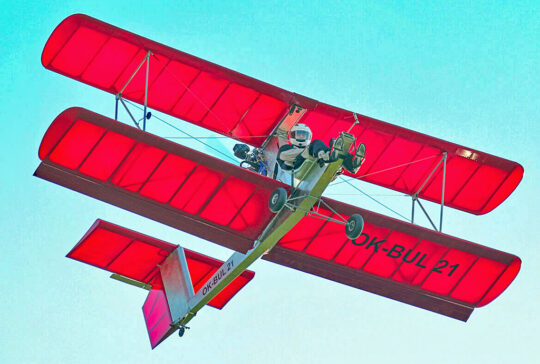 Dingo's main landing gear is welded from thin-walled steel tubes and bolts to the fuselage. Tail gear is steerable and straightened by spring. Ailerons and elevator are connected to the stick by push-pull rods, and the rudder is connected to welded pedals by cables.
Dingo made its maiden flight on June 22, 2022 at the Jaroměř (LKJA airport) only a year and a half after the team pondered the 3D drawings.
Dingo's main landing gear is welded from thin-walled steel tubes and bolts to the fuselage. Tail gear is steerable and straightened by spring. Ailerons and elevator are connected to the stick by push-pull rods, and the rudder is connected to welded pedals by cables.
Dingo made its maiden flight on June 22, 2022 at the Jaroměř (LKJA airport) only a year and a half after the team pondered the 3D drawings.
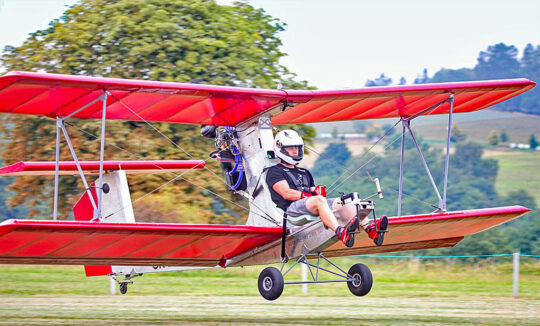 Dingo is a single-seat open cockpit biplane, powerplant in pusher configuration, a classic taildragger with a T-tail empennage. It was designed with a focus on easy and quick assembly. That promise is aided by using match-hole technology that assures a homebuilder without fancy jigs can accurately assemble Dingo subassemblies. This is now widely used in LSA but it is far less common on Part 103 entries.
Based in Hradec Králové, Czech Republic, Future Vehicles announced that the Dingo has passed several key milestones, and is now in full production.
Dingo is a single-seat open cockpit biplane, powerplant in pusher configuration, a classic taildragger with a T-tail empennage. It was designed with a focus on easy and quick assembly. That promise is aided by using match-hole technology that assures a homebuilder without fancy jigs can accurately assemble Dingo subassemblies. This is now widely used in LSA but it is far less common on Part 103 entries.
Based in Hradec Králové, Czech Republic, Future Vehicles announced that the Dingo has passed several key milestones, and is now in full production.
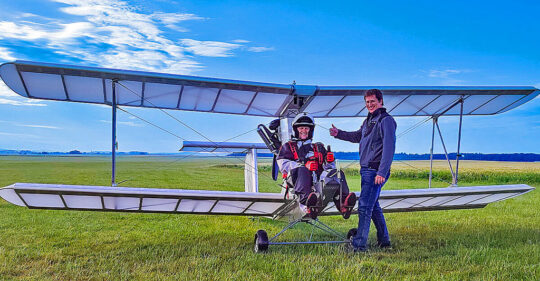
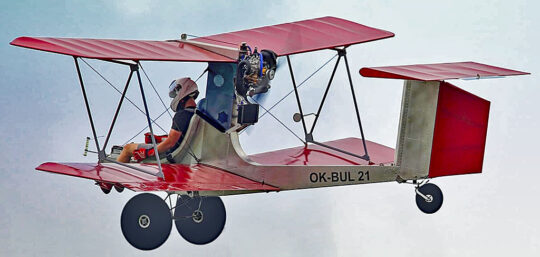
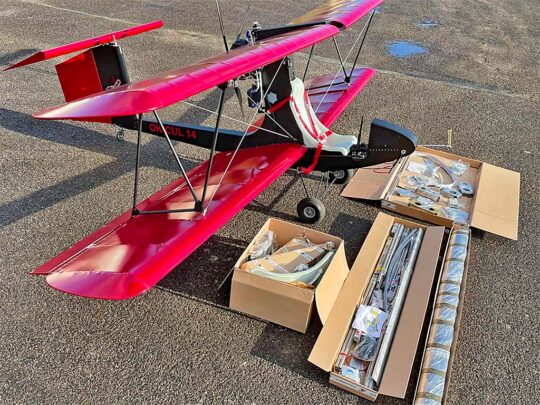 "The detailed assembly directions include both a PDF manual with excellent CAD drawings and parts lists of each assembly and companion videos of how each assembly is built," noted Future Vehicles.
The recommended covering is Ceconite polyester fabric. One current builder in the UK is using Oratex which does not even require painting. View a sample tutorial video of the assembly directions at the bottom of this page.
The exciting and easy-to-build aircraft is now available worldwide through an innovative, factory-direct business model (think: Tesla) that reduces delivery times. Currently Future Vehicles can ship in one month. Going factory direct ensures door-to-door delivery.
"The detailed assembly directions include both a PDF manual with excellent CAD drawings and parts lists of each assembly and companion videos of how each assembly is built," noted Future Vehicles.
The recommended covering is Ceconite polyester fabric. One current builder in the UK is using Oratex which does not even require painting. View a sample tutorial video of the assembly directions at the bottom of this page.
The exciting and easy-to-build aircraft is now available worldwide through an innovative, factory-direct business model (think: Tesla) that reduces delivery times. Currently Future Vehicles can ship in one month. Going factory direct ensures door-to-door delivery.
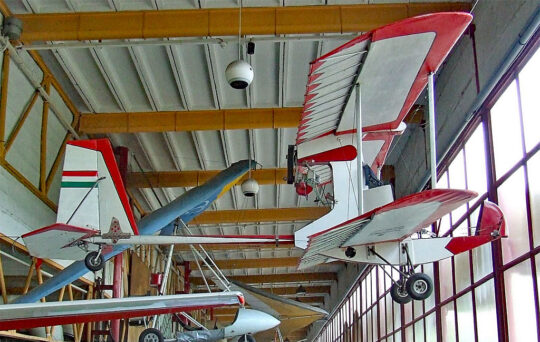
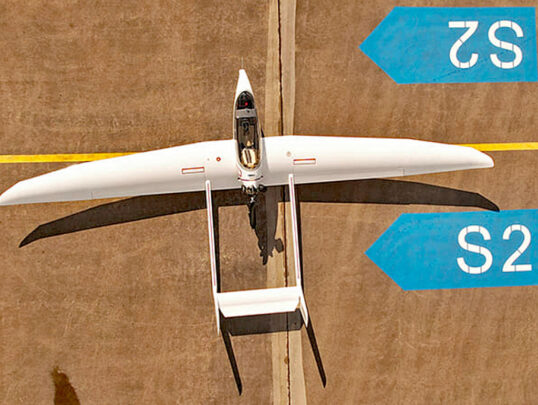
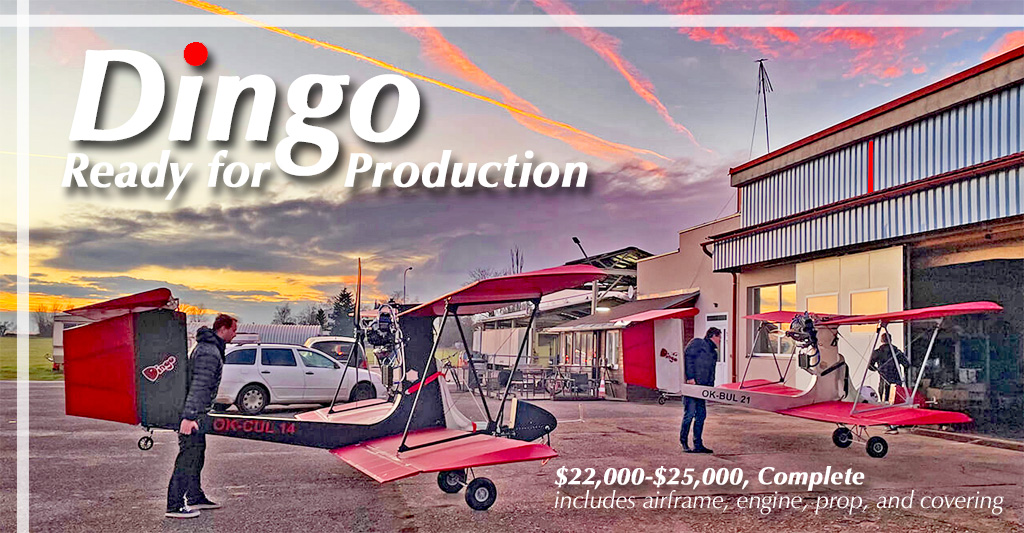
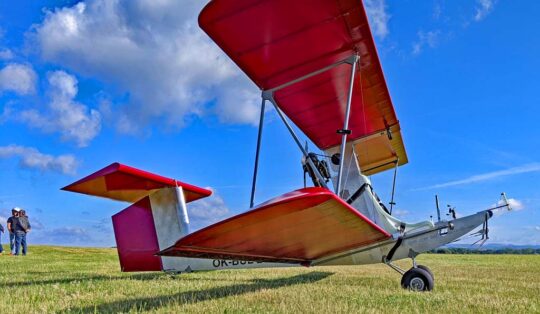 Biplanes convey a vintage look but they also make for good hangar mates since their wingspan is usually shorter. Dingo is surprisingly compact with wings not even 22 feet wide.
Biplanes also fly slowly so complying with Part 103 speeds is not difficult.
Let's learn more about this new entry from design engineer Marek Ivanov, a name alert readers may associate with a completely different design called Song (image below). Marek does engineering work for other aircraft producers as well. He leads "a team of experienced professionals with more than 20 years of experience in the aviation industry; they have participated in the development of more than 30 types of aircraft from ultralights to Part 23 (GA) aircraft."
Biplanes convey a vintage look but they also make for good hangar mates since their wingspan is usually shorter. Dingo is surprisingly compact with wings not even 22 feet wide.
Biplanes also fly slowly so complying with Part 103 speeds is not difficult.
Let's learn more about this new entry from design engineer Marek Ivanov, a name alert readers may associate with a completely different design called Song (image below). Marek does engineering work for other aircraft producers as well. He leads "a team of experienced professionals with more than 20 years of experience in the aviation industry; they have participated in the development of more than 30 types of aircraft from ultralights to Part 23 (GA) aircraft."
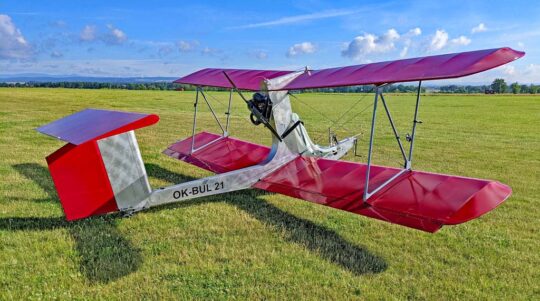 Comments from an early pilot outside the company included, "The first day was very windy [yet Dingo] handled it really well." The next morning, calmer conditions allowed low passes and further exploring of flight qualities prompting an enthusiastic assessment, "Dingo is a real joy to fly and very well built."
"It's been a dream of mine for a long time to build something like the Hovey Whing Ding because I like it," said Marek, "but a little bigger so I can fly it." Inspired by the
Comments from an early pilot outside the company included, "The first day was very windy [yet Dingo] handled it really well." The next morning, calmer conditions allowed low passes and further exploring of flight qualities prompting an enthusiastic assessment, "Dingo is a real joy to fly and very well built."
"It's been a dream of mine for a long time to build something like the Hovey Whing Ding because I like it," said Marek, "but a little bigger so I can fly it." Inspired by the 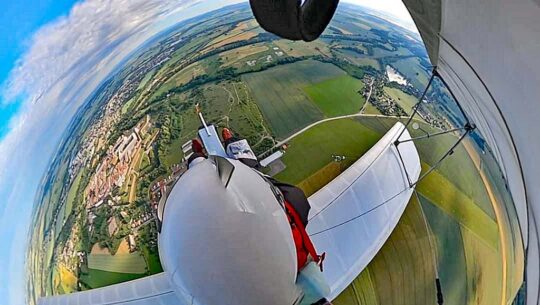 Along with engineering partners Tomas Trojanek and Jan Jilek, the design was initiated by Marek in early 2021. After the first 3D images were shown to the Future Vehicles team, they decided, “Something like this has a place in the sky!”
Dingo can fit into England's SSDR (single seat deregulated) category, America's FAR-103 ultralight vehicle category in the USA, Germany's 120-Kilo Class and similar regulations in other countries. In the Czech Republic, Dingo is registered as a light aircraft.
While waiting for delivery the engine, Marek, Tomas, and Jan completed their structural load test regimen.
Along with engineering partners Tomas Trojanek and Jan Jilek, the design was initiated by Marek in early 2021. After the first 3D images were shown to the Future Vehicles team, they decided, “Something like this has a place in the sky!”
Dingo can fit into England's SSDR (single seat deregulated) category, America's FAR-103 ultralight vehicle category in the USA, Germany's 120-Kilo Class and similar regulations in other countries. In the Czech Republic, Dingo is registered as a light aircraft.
While waiting for delivery the engine, Marek, Tomas, and Jan completed their structural load test regimen.
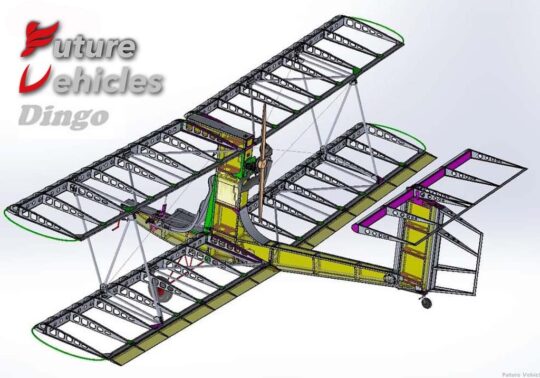 The control system features beautifully machined components (nearby images) connected to a control stick and rudder pedals with a unique foot stirrup up front. Full-span sheet-aluminium ailerons are mounted on the lower wings and a full flying stabilator is mounted on top of a T-tail. Dingo is flown with a right-hand joystick and left-hand throttle, similar to many tail draggers.
The main landing gear is a welded steel assembly using the tires as a primary suspension component. A lightweight tailwheel is fitted.
The Dingo prototype is currently powered by a two-stroke 27 horsepower Vittorazi Moster engine with 185-cc displacement and air-cooling as is commonly used on powered paragliders, The Vittorazi features a manual pull starter, an intake silencer and well-designed muffler system. A prop reduction unit is a multi-grooved belt with centrifugal clutch for torsion vibration relief and smooth idling. Dingo is currently flying with a carbon fiber eProp from France. Marek and team will next test a more powerful, liquid-cooled, 33-horsepower Polini Thor.
The control system features beautifully machined components (nearby images) connected to a control stick and rudder pedals with a unique foot stirrup up front. Full-span sheet-aluminium ailerons are mounted on the lower wings and a full flying stabilator is mounted on top of a T-tail. Dingo is flown with a right-hand joystick and left-hand throttle, similar to many tail draggers.
The main landing gear is a welded steel assembly using the tires as a primary suspension component. A lightweight tailwheel is fitted.
The Dingo prototype is currently powered by a two-stroke 27 horsepower Vittorazi Moster engine with 185-cc displacement and air-cooling as is commonly used on powered paragliders, The Vittorazi features a manual pull starter, an intake silencer and well-designed muffler system. A prop reduction unit is a multi-grooved belt with centrifugal clutch for torsion vibration relief and smooth idling. Dingo is currently flying with a carbon fiber eProp from France. Marek and team will next test a more powerful, liquid-cooled, 33-horsepower Polini Thor.
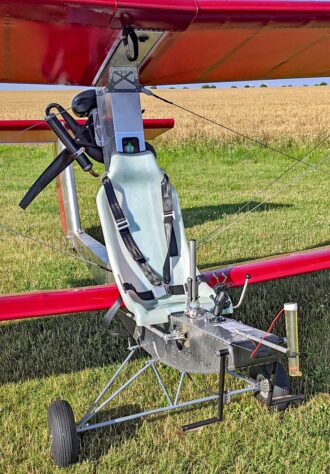 A rotationally molded fuel tank is cleverly located inside the mast-like structure that is the pylon for both the engine and upper wing, providing a bracing point for the upper wing wires and the upper seat mount. A series of cut outs in the pylon shows the fuel level.
Despite being quite light, the non-company pilot said, "Dingo gives a very-well-built and impressive feeling during a walk around thanks to a professional aeronautical design."
A rotationally molded fuel tank is cleverly located inside the mast-like structure that is the pylon for both the engine and upper wing, providing a bracing point for the upper wing wires and the upper seat mount. A series of cut outs in the pylon shows the fuel level.
Despite being quite light, the non-company pilot said, "Dingo gives a very-well-built and impressive feeling during a walk around thanks to a professional aeronautical design."
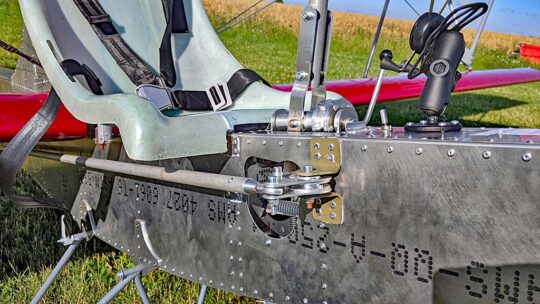
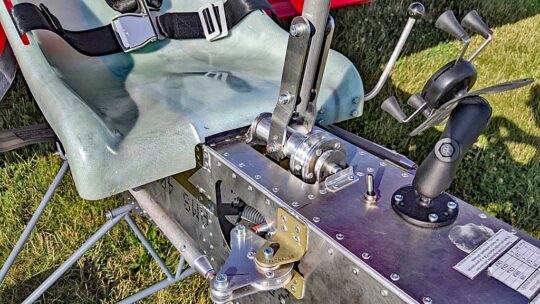 Lately, more designers of Part 103 ultralights have realized that these low weight, reasonably-high-power engines made worthy choices for the lightest of fixed wing aircraft. Such engines were key to the development of Dingo.
At this is posted, Future Vehicles is preparing to enter the market. Early sales will surely go to Europe, but pilots around the world could be interested.
Pricing is a challenge in times of high inflation and steep shipping costs but Dingo could still be quite a bargain.
Lately, more designers of Part 103 ultralights have realized that these low weight, reasonably-high-power engines made worthy choices for the lightest of fixed wing aircraft. Such engines were key to the development of Dingo.
At this is posted, Future Vehicles is preparing to enter the market. Early sales will surely go to Europe, but pilots around the world could be interested.
Pricing is a challenge in times of high inflation and steep shipping costs but Dingo could still be quite a bargain.
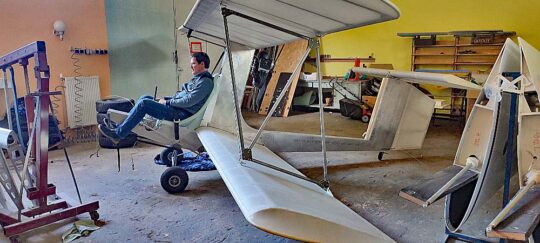 The company may offer an airframe kit for around $15,000 (an estimate; please
The company may offer an airframe kit for around $15,000 (an estimate; please 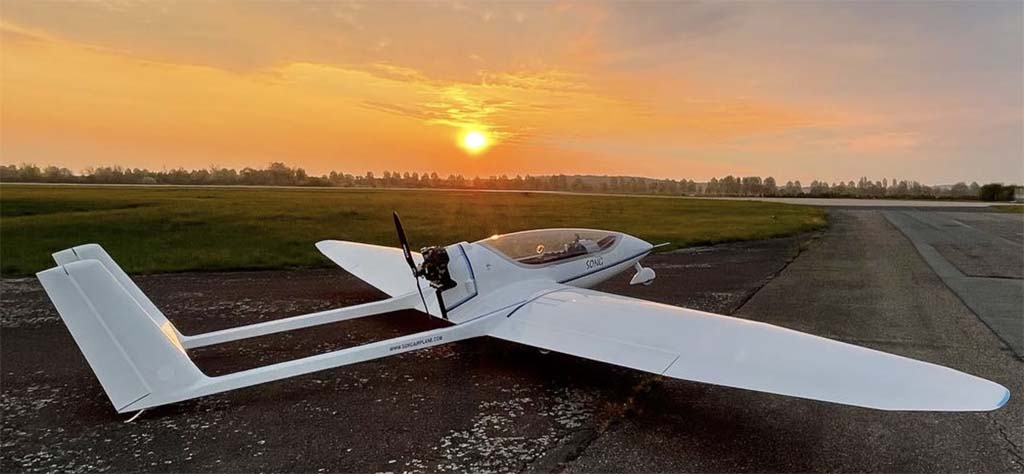
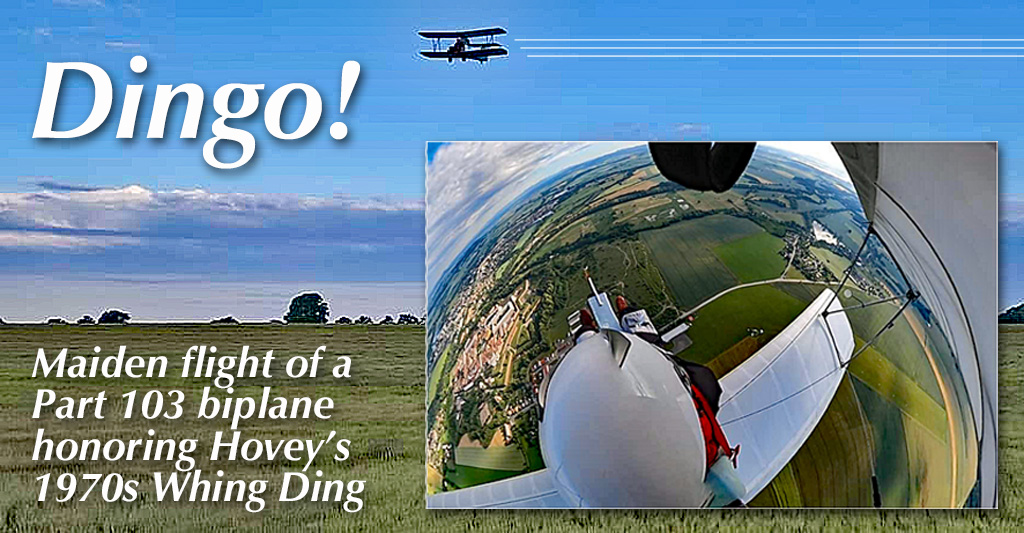
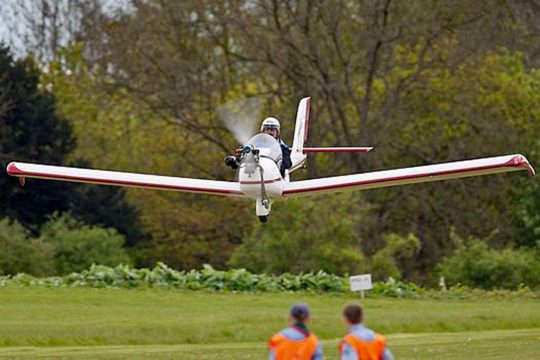
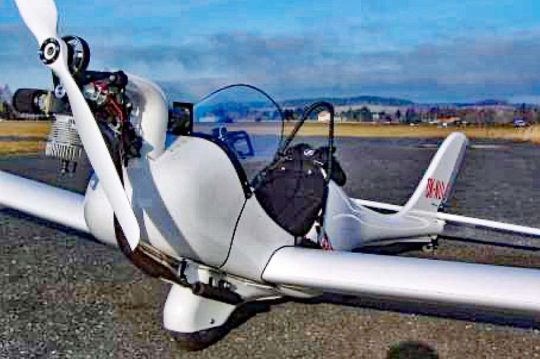 Further evidence:
Further evidence: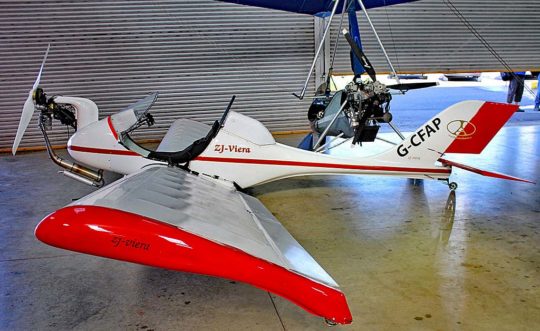 As we met more than once in this millennium, and because I was working on the Part 103 List, I reached out to Marek following the advice of
As we met more than once in this millennium, and because I was working on the Part 103 List, I reached out to Marek following the advice of 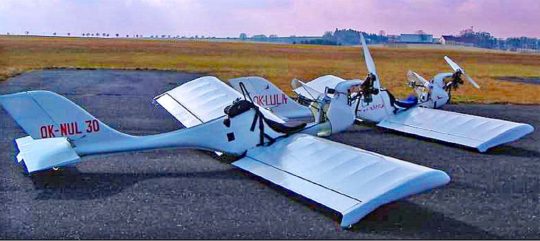 Marek remembered, "You and I met in Sebring in 2008. I was CEO of Interplane at that time."
After American Interplane owner Ralph Mandarino retired more than a decade back, Marek said, "I produced Viera in my company, IvanovAero. In 2018, Marek transferred all activities to his new company,
Marek remembered, "You and I met in Sebring in 2008. I was CEO of Interplane at that time."
After American Interplane owner Ralph Mandarino retired more than a decade back, Marek said, "I produced Viera in my company, IvanovAero. In 2018, Marek transferred all activities to his new company, 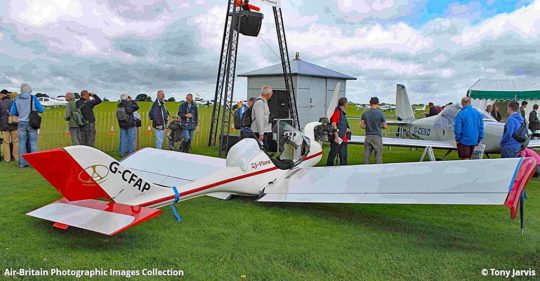 Viera is a monowheel Part 103 airplane that was also made in tricycle gear form, though I am unsure if the tri-gear version can comply with Part 103 weights and speeds. To familiarize readers, here are two short articles on Viera, one from
Viera is a monowheel Part 103 airplane that was also made in tricycle gear form, though I am unsure if the tri-gear version can comply with Part 103 weights and speeds. To familiarize readers, here are two short articles on Viera, one from 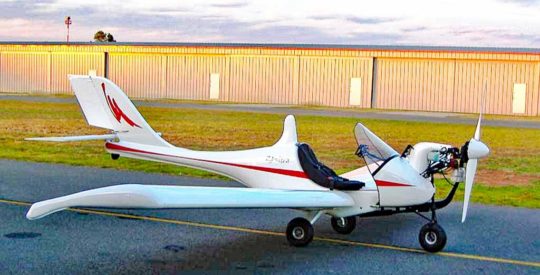 Unseen by Americans (including me), Marek said Desire is also Part 103. While it is a one-off custom design, "we can deliver it within less than 12 months if there is demand," he said. Marek referenced that capability due to the rules I've created for an aircraft to be included in the
Unseen by Americans (including me), Marek said Desire is also Part 103. While it is a one-off custom design, "we can deliver it within less than 12 months if there is demand," he said. Marek referenced that capability due to the rules I've created for an aircraft to be included in the 